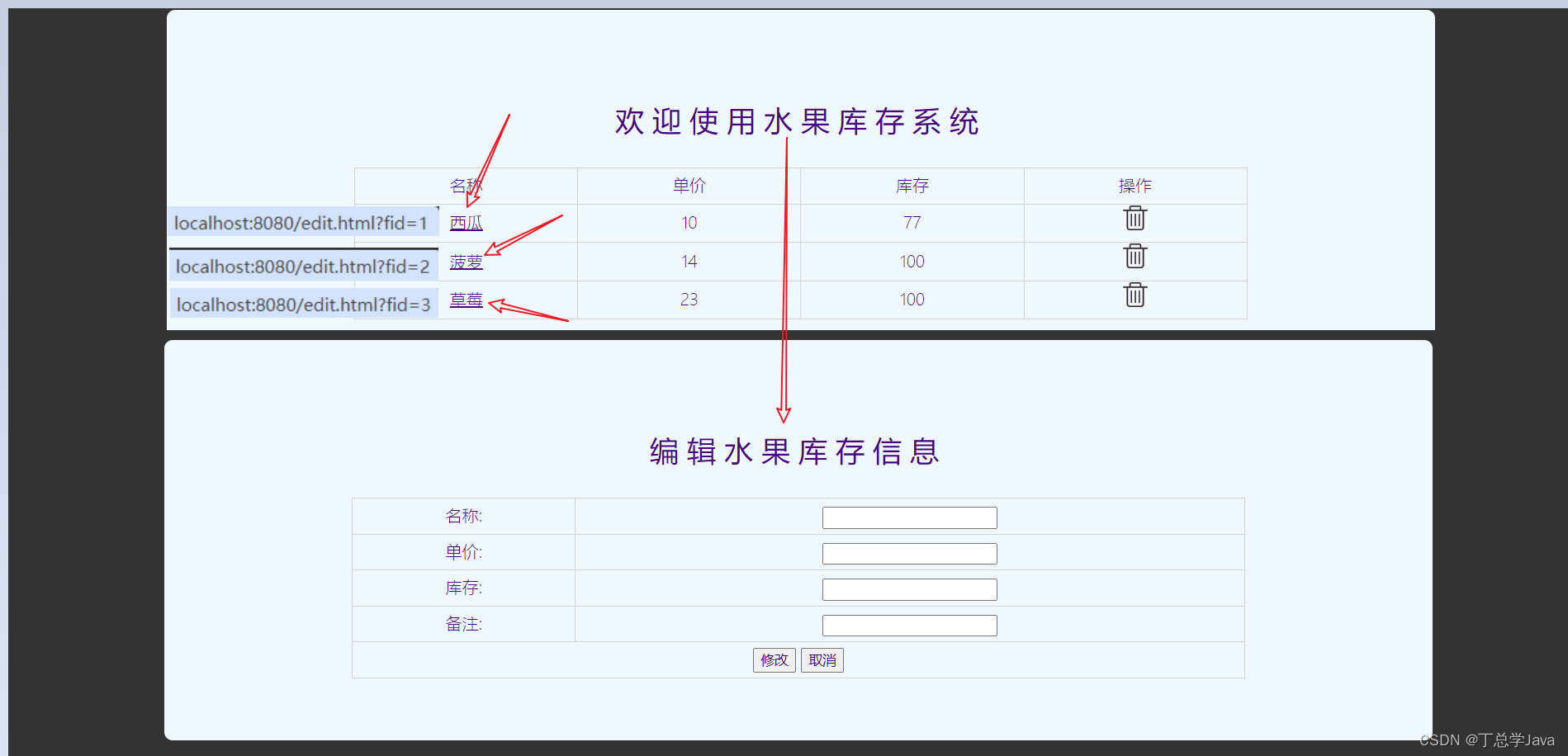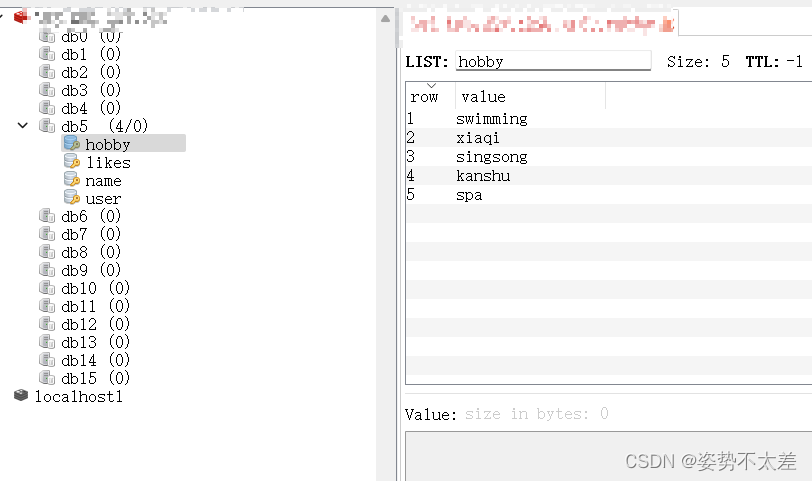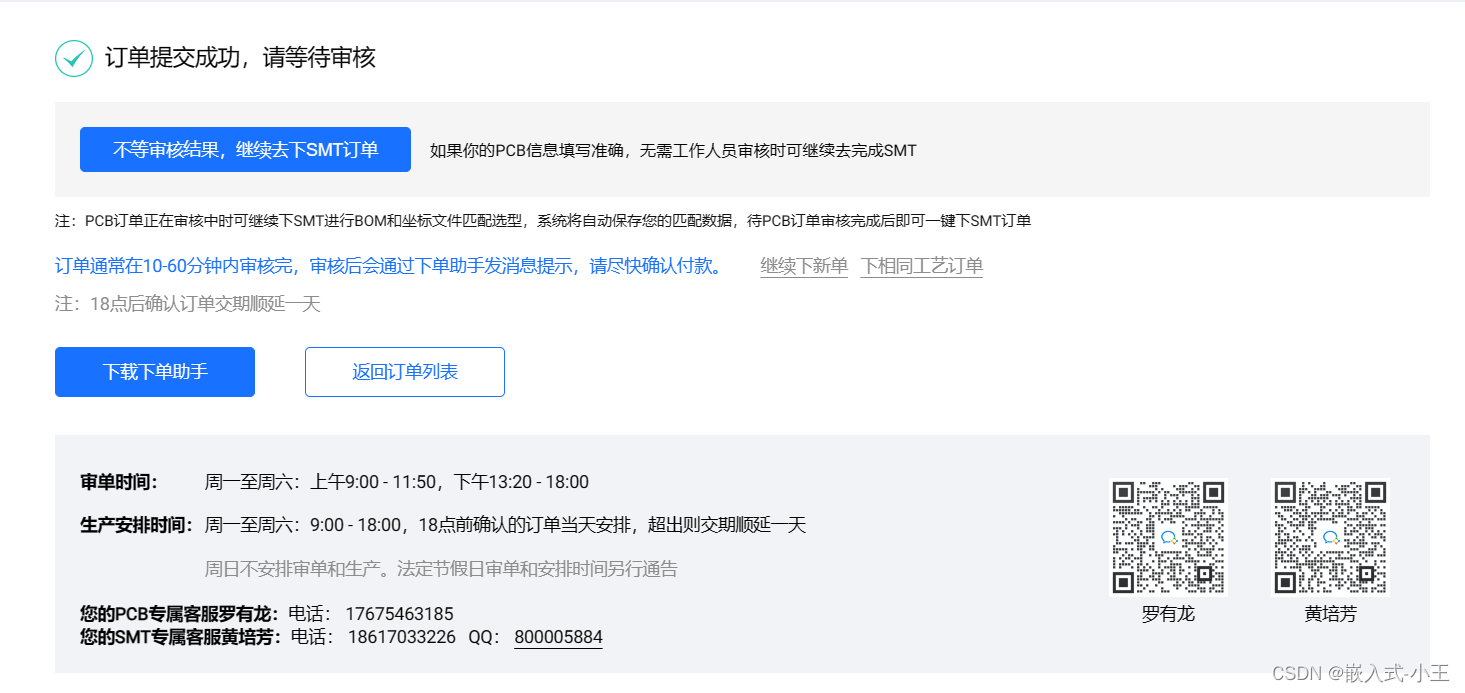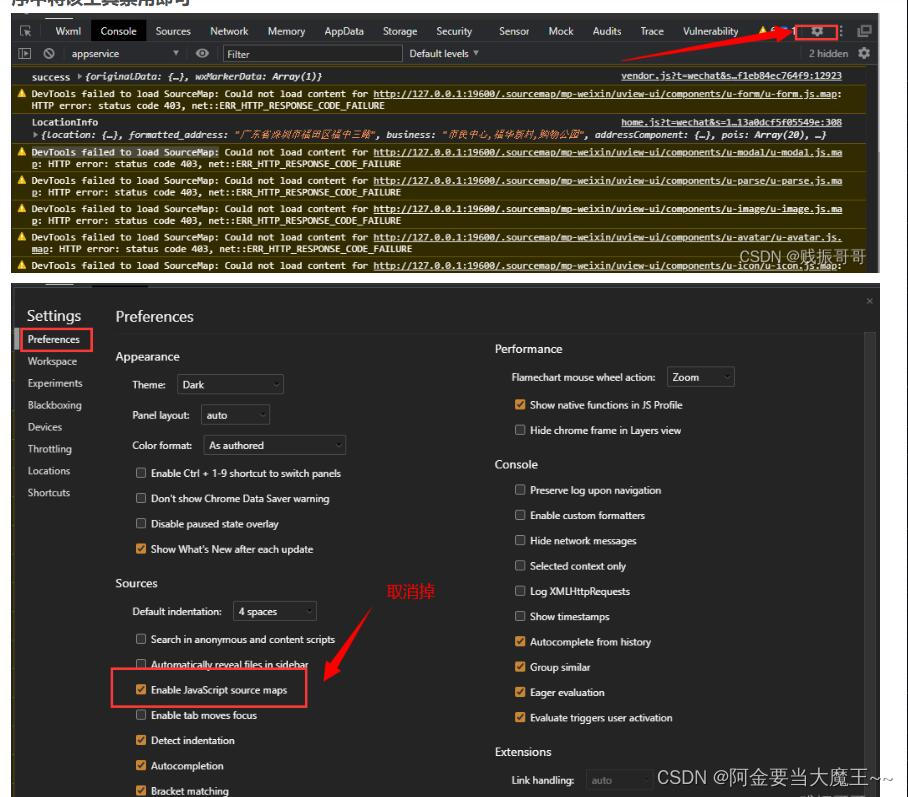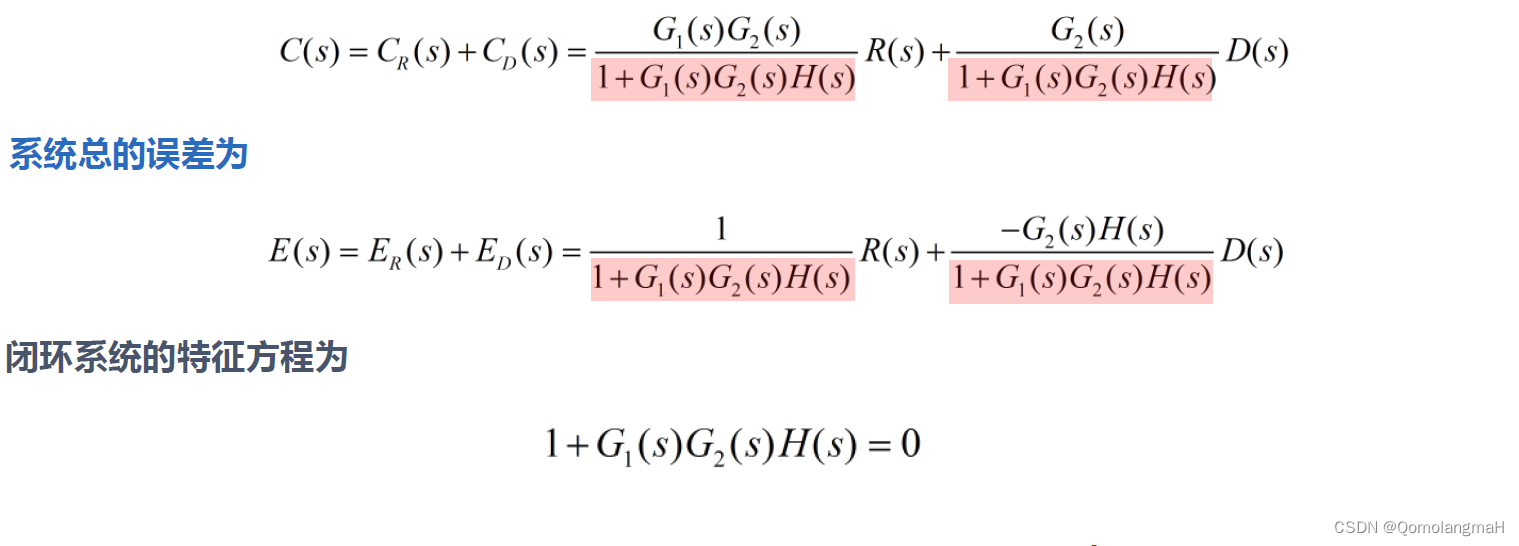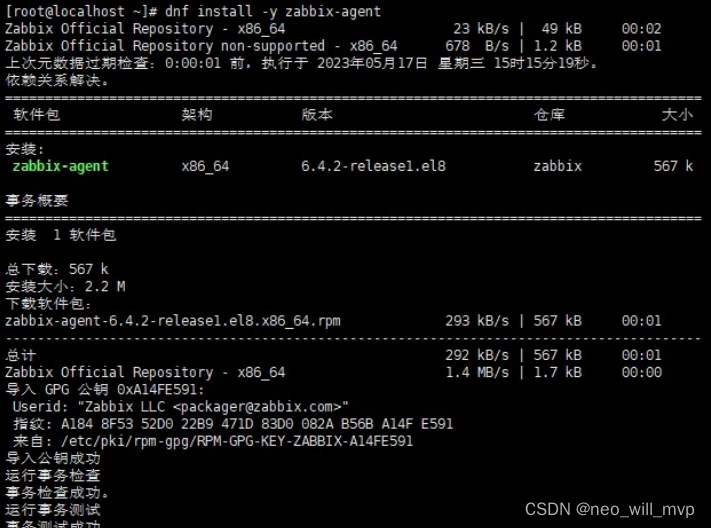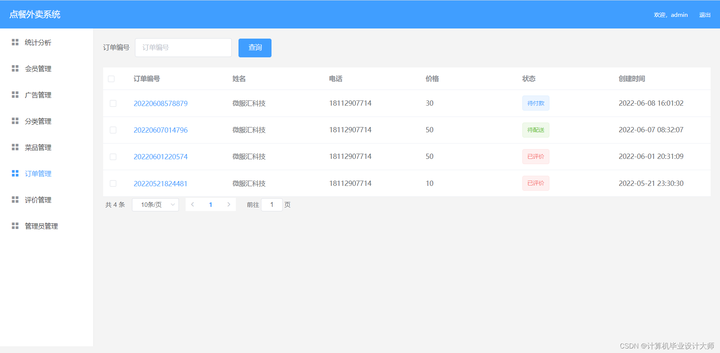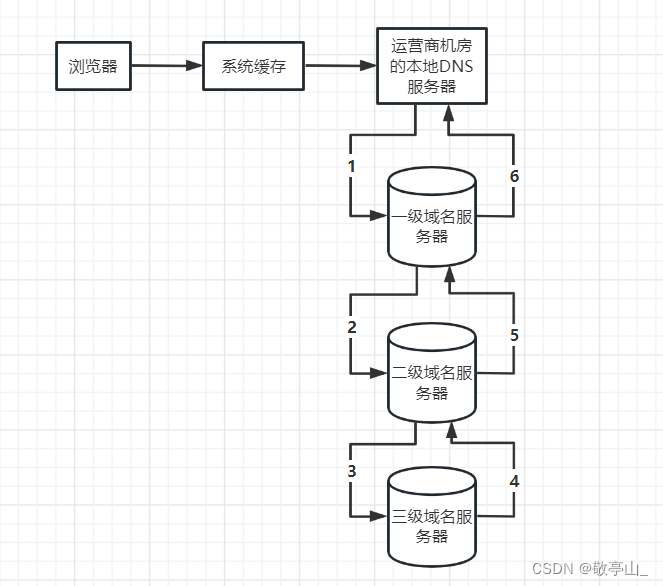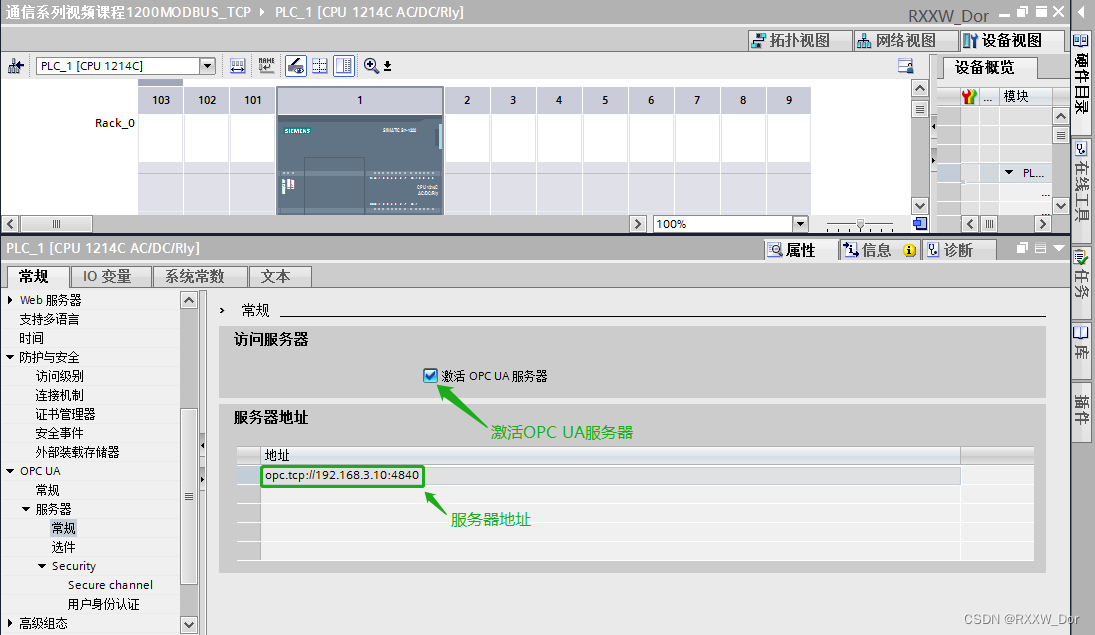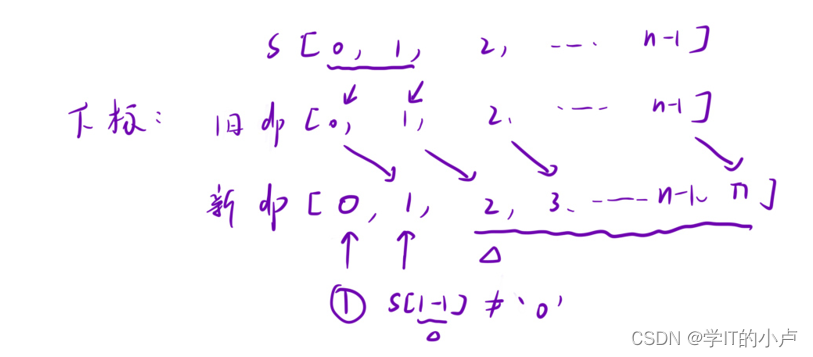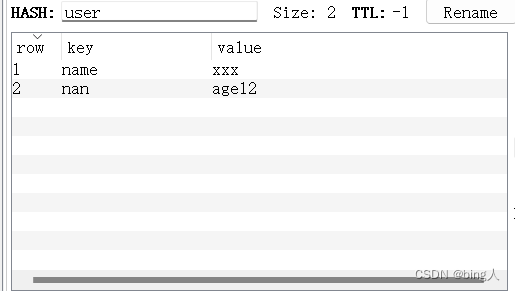文章目录
- 基本概念
- 交叉熵损失函数
- Pytorch代码实现
- 参考文献
李宏毅机器学习2023作业04Self-attention、李宏毅机器学习2023作业03CNN和李宏毅机器学习2023作业02Classification都是分类问题,都涉及到了交叉熵损失函数以及起正则作用的标签平滑技巧,本次博文把以上两点整理总结下。
基本概念
1、信息量:在信息论中,一个不太可能发生的事件居然发生了,我们收到的信息要多于一个非常可能发生的事情发生。因此,事件包含的信息量应与其发生的概率负相关。数学表达式定义为:假设 X X X是取值集合为 { x 1 , x 2 , . . . , x n } \{x_1,x_2,...,x_n\} {x1,x2,...,xn} 的离散型随机变量,定义事件 X = x i X=x_i X=xi的信息量为 I ( x i ) = − log 2 P ( X = x i ) I(x_i)=-\log_2P(X=x_i) I(xi)=−log2P(X=xi)。
这里采用 log \log log函数的形式主要是为了体现信息量的三个性质:事件发生的概率越低,信息量越大;事件发生的概率越高,信息量越低;多个事件同时发生的概率是多个事件概率相乘,总信息量是多个事件信息量相加。
2、熵:通常用熵对整个事件的平均信息量进行描述,即上述信息量定义关于概率分布 P P P的期望:
H ( P ) = E X ∼ P [ − log 2 P ( x ) ] = − ∑ i = 1 n P ( x i ) ⋅ log 2 P ( x i ) \mathrm{H}(P)=\mathbb{E}_{X \sim P}[-\log _2 P(x)]=-\sum_{i=1}^n P(x_i) \cdot \log_2P(x_i) H(P)=EX∼P[−log2P(x)]=−i=1∑nP(xi)⋅log2P(xi)总而言之,信息熵是用来衡量事物不确定性的,信息熵越大,事物越具不确定性。通常接近确定性的分布(输出几乎可以确定)具有较低的熵,那些接近均匀分布的概率分布具有较高的熵。
3、KL散度(相对熵):一般被用于计算两个分布之间的不同:
D K L ( P ∣ ∣ Q ) = E X ∼ P [ log 2 P ( x ) Q ( x ) ] = ∑ i = 1 n P ( x i ) ⋅ log 2 P ( x i ) Q ( x i ) \mathrm{D}_{KL}(P||Q)=\mathbb{E}_{X \sim P}[\log _2 \frac{P(x)}{Q(x)}]=\sum_{i=1}^n P(x_i) \cdot \log_2\frac{P(x_i)}{Q(x_i)} DKL(P∣∣Q)=EX∼P[log2Q(x)P(x)]=i=1∑nP(xi)⋅log2Q(xi)P(xi)将上式展开之后可以发现前者是熵,而后者通常定义为交叉熵,因此KL散度(相对熵)=交叉熵-熵
4、交叉熵:
H ( P , Q ) = E X ∼ P [ − log 2 Q ( x ) ] = − ∑ i = 1 n P ( x i ) ⋅ log 2 Q ( x i ) \mathrm{H}(P,Q)=\mathbb{E}_{X \sim P}[-\log _2 Q(x)]=-\sum_{i=1}^n P(x_i) \cdot \log_2Q(x_i) H(P,Q)=EX∼P[−log2Q(x)]=−i=1∑nP(xi)⋅log2Q(xi)
交叉熵损失函数
1、在深度学习中,我们总是希望模型学到的分布 P ( m o d e l ) P(model) P(model)和真实数据的分布 P ( r e a l ) P(real) P(real)越接近越好,最直接的损失函数就是利用KL散度使得两个分布的差异性最小。但我们没有真实数据的分布,那么只能退而求其次,希望模型学到的分布和训练数据的分布 P ( t r a i n i n g ) P(training) P(training)尽量相同
2、由于训练数据是给定的,因此KL散度中的熵就是恒定的,那么,最小化交叉熵就是最小化KL散度
3、在分类任务中,训练数据的标签通常才有用one-hot编码的形式,假设类别总数为3类,给定一个样本的标签为 [ 1 , 0 , 0 ] [1,0,0] [1,0,0]的形式,该样本对应的模型输出为 [ 0.8 , 0.1 , 0.1 ] [0.8,0.1,0.1] [0.8,0.1,0.1]的形式,直接代入交叉熵的公式 − ( 1 ⋅ log 2 ( 0.8 ) + 0 ⋅ log 2 ( 0.1 ) + 0 ⋅ log 2 ( 0.1 ) ) = − log 2 ( 0.8 ) -(1\cdot \log_2(0.8)+0\cdot \log_2(0.1)+0\cdot \log_2(0.1))=-\log_2(0.8) −(1⋅log2(0.8)+0⋅log2(0.1)+0⋅log2(0.1))=−log2(0.8),计算结果中只有one-hot编码形式的标签中为1的对应项。在具体的Pytorch代码中,几行代码就可以实现交叉熵损失函数的定义、计算损失、计算梯度:
criterion = nn.CrossEntropyLoss()
......
output_tensor = model(input_tensor)
loss = criterion(output_tensor, target_tensor)
loss.backward()
......
Pytorch代码实现
1、在Pytorch1.9.0中,交叉熵损失函数的定义形式如下:
紧接着“This criterion combines LogSoftmax and NLLLoss in one single class.”的描述给出了两点信息:一是包含了LogSoftmax和NLLLoss两个函数,二是用于单类别问题(即一个样本只对应一个类别)
2、函数中第一个参数 w e i g h t weight weight是可手动定义的1D Tensor,假如分类问题类别总数为 C C C,参数 w e i g h t weight weight的长度就是 C C C,在训练集中各个类别占比不平衡时通过设置不同的权重会特别有用;第二个参数 s i z e _ a v e r a g e size\_average size_average和第四个参数 r e d u c e reduce reduce已经被替代为第五个参数 r e d u c t i o n reduction reduction,默认为 ′ m e a n ′ 'mean' ′mean′,对一个 b a t c h batch batch范围内所有样本的交叉熵损失求平均,也可以取值 ′ s u m ′ 'sum' ′sum′对一个 b a t c h batch batch范围内所有样本的交叉熵损失求总和以及取值 ′ n o n e ′ 'none' ′none′保持交叉熵损失的尺寸,即与 T a r g e t Target Target的尺寸一致; i g n o r e _ i n d e x ignore\_index ignore_index表示该类别对应的样本对最终的交叉熵损失没有任何贡献。
3、函数包括2个输入: I n p u t Input Input、 T a r g e t Target Target和1个输出: O u t p u t Output Output,对于 I n p u t Input Input而言,它是来自深度学习模型未归一化的原始的各个类别的置信度,通常对应的尺寸是 b a t c h × C batch\times C batch×C或者 b a t c h × C × d 1 × d 2 × . . . × d K batch\times C\times d_1\times d_2\times ... \times d_K batch×C×d1×d2×...×dK,在2023作业02Classification、2023作业03CNN和2023作业04Self-attention中对应的是 b a t c h × C batch\times C batch×C,其中2023作业02Classification的BossBaseline方法是 b a t c h × C × S e q L e n g t h batch\times C\times SeqLength batch×C×SeqLength,当然如果不嫌麻烦的话,可以把 b a t c h × C × d 1 × d 2 × . . . × d K batch\times C\times d_1\times d_2\times ... \times d_K batch×C×d1×d2×...×dK通过维度转化,把后面的数据尺寸维度合并到 b a t c h batch batch维转换成二维的形式
4、对于 T a r g e t Target Target而言,通常对应的尺寸是 b a t c h batch batch或者 b a t c h × d 1 × d 2 × . . . × d K batch\times d_1\times d_2\times ... \times d_K batch×d1×d2×...×dK,取值为 [ 0 , C − 1 ] [0, C-1] [0,C−1],最终交叉熵损失函数就是像上文提到的例子一样,当给定 b a t c h batch batch中的一个样本时,计算结果中只有one-hot编码形式的标签中为1的对应项,下式中 j j j是类别索引,取值范围为 [ 0 , C − 1 ] [0, C-1] [0,C−1]:
如果考虑参数 w e i g h t weight weight,那么会在上式中乘以对应标签类别的权重
通常在一个 b a t c h batch batch范围内对所有样本取平均,就是如下的形式:
可以看出,分母是一个 b a t c h batch batch范围内所有样本对应的真实标签类别的权重之和,意味着对每个样本的交叉熵损失进行了加权平均。
5、自Pytorch1.10开始,torch.nn.CrossEntropyLoss内置了标签平滑的参数 l a b e l _ s m o o t h i n g label\_smoothing label_smoothing,带标签平滑的交叉熵损失函数有点没整明白(网上资料挺多的,但是有点杂),先做个标记吧! 如下的代码是可以直接用的,和官方的Pytorch代码结果是一致的:
import torch
import torch.nn as nn
import torch.nn.functional as F
def linear_combination(x, y, epsilon):
return epsilon * x + (1 - epsilon) * y
def reduce_loss(loss, reduction='mean'):
return loss.mean() if reduction == 'mean' else loss.sum() if reduction == 'sum' else loss
class LabelSmoothingCrossEntropy(nn.Module):
def __init__(self, epsilon: float = 0.1, reduction='mean'):
super().__init__()
self.epsilon = epsilon
self.reduction = reduction
def forward(self, preds, target):
# 如果数据样本除了batch,class_num外还有其他维度,需要先转换成batch*class_num的二维形式
# 这样就和官方版本的代码完全一致了
if len(preds.size()) >= 3:
batch, class_num = preds.size()[0: 2]
preds = preds.transpose(0, 1).reshape(class_num, -1).transpose(0, 1)
target = target.reshape(-1)
n = preds.size()[-1]
log_preds = F.log_softmax(preds, dim=-1)
loss = reduce_loss(-log_preds.sum(dim=-1), self.reduction)
nll = F.nll_loss(log_preds, target, reduction=self.reduction)
return linear_combination(loss / n, nll, self.epsilon)
criterion1 = LabelSmoothingCrossEntropy()
output = torch.randn(3, 5, 10, requires_grad=True)
target = torch.empty(3, 10, dtype=torch.long).random_(5)
loss1 = criterion1(output, target)
criterion2 = nn.CrossEntropyLoss(label_smoothing=0.1)
loss2 = criterion2(output, target)
print(loss1)
print(loss2)
参考文献
1.PyTorch中的Loss Fucntion
2.百度百科
3.交叉熵损失函数(Cross Entropy Loss)
4.为什么交叉熵(cross-entropy)可以用于计算代价?




